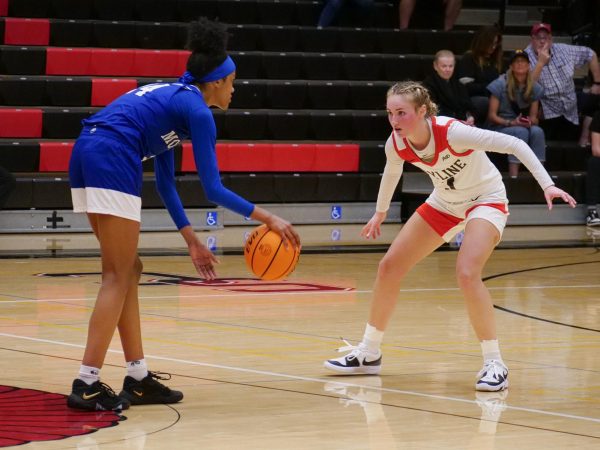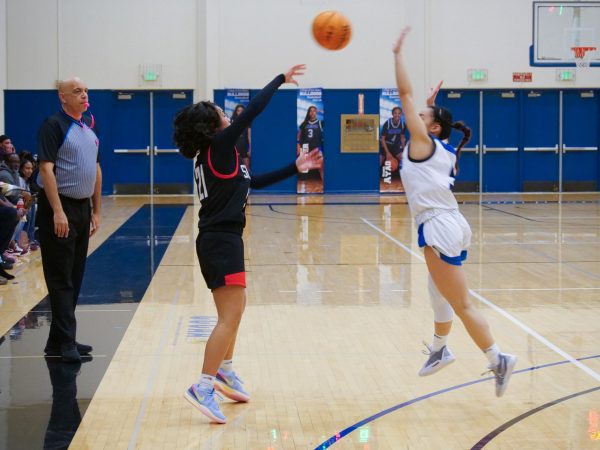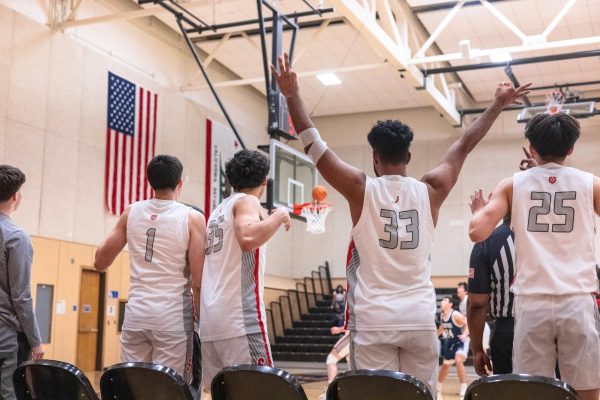Women are becoming more equal
In the past, society looked down on women for playing sports because they thought women didn’t have the same capabilities as men to play, but those misconceptions have changed.
Here is why a vast majority of women do not play sports: Women live in a society filled with misconceptions that prevent them from developing skills in fields they’re passionate about.
Historically, women were seen as unable to have certain professions such as doctors, pilots, engineers and athletes. Since people thought they lacked the same potential as men, women in sports were highly discriminated against.
According to the academic journal, “Female Discrimination in Sports”, LaDrea Ford says a lot about women in sports and the inequality they face.
“Before the late 1800s women had very little opportunity to participate in sports in America and around the world,” Ford wrote. “Men could go out and be on sports teams and to go workout, but women were seen as only being able to stay at home to cook and clean the house.”
It is a shame that women were stereotyped as only to have the objective of looking pretty and doing household chores. This dangerously closed mindset did not allow women to pursue a career in sports or any other male-dominated field.
Title IX, an amendment Act of 1972, ensures that no person shall be excluded from participation in any federally funded activity on the basis of sex. Additionally, it addresses this problem and gave women the opportunity to compete in sports.
Consequently, Title IX increased the number of women that were playing in sports compared to back then. Now, women have the opportunity to finally play sports and are breaking free from stereotypes. This shows society that not only men are capable to play sports.
While there is still some bias against women playing sports, we have made significant progress in prohibiting discrimination against women in the field of athletics.
According to the article, “A History of Women in Sport Prior to Title IX” from The Sports Journal, Richard C. Bell explains women’s participation in sports following the ratification of Title IX.
“In 2004, the average number of teams offered for females per college and universities was 8.32, up from 2.50 per school in 1972,” Bell said. “In 1981 and 1982, women’s championships became a part of the NCAA program. Today, the NCAA sponsors forty women’s championships, thirty-eight men’s championships, and three combined championships in all three of its division.”
To know that there are more women athletes due to less discrimination as before is very rejuvenating, and it feels better to know that society has more or less let go of the closed mindset about women not having the same capability as men in playing sports. There shouldn’t be unfairness when it comes to sports or in any profession on the basis of sex. At the end of the day, we’re all the same.



















